Hangul Day: The Official Holiday for the Korean Alphabet
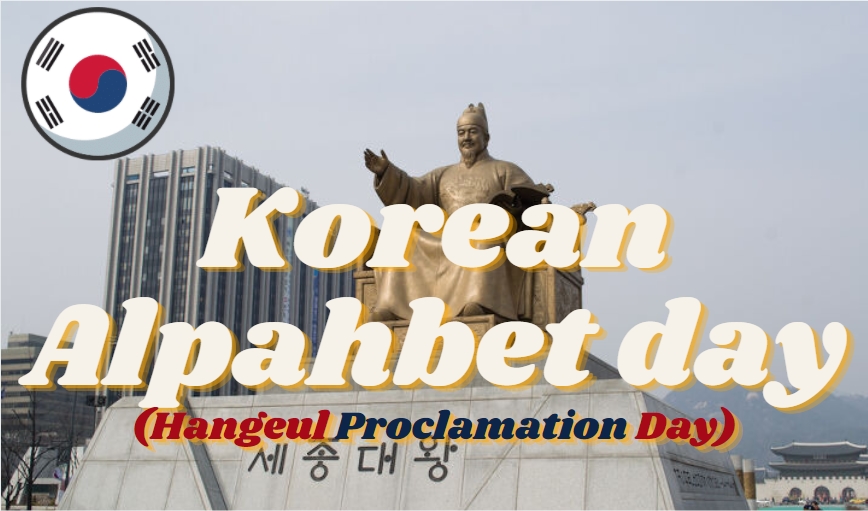
What is Hangul Day?
The Korean Alphabet Day, known as Hangeul Day (한글날) in South Korea, and Chosŏn’gŭl Day in North Korea, is a national Korean commemorative day marking the invention and the proclamation of Hangul (한글; 조선글), the alphabet of the Korean language, by the 15th-century Korean monarch Sejong the Great. It is observed on October 9 in South Korea and on January 15 in North Korea. Excluding the years 1990 to 2012, when the government maximized business days to expedite industrial growth, Hangul day has been a national holiday in South Korea since 1970.
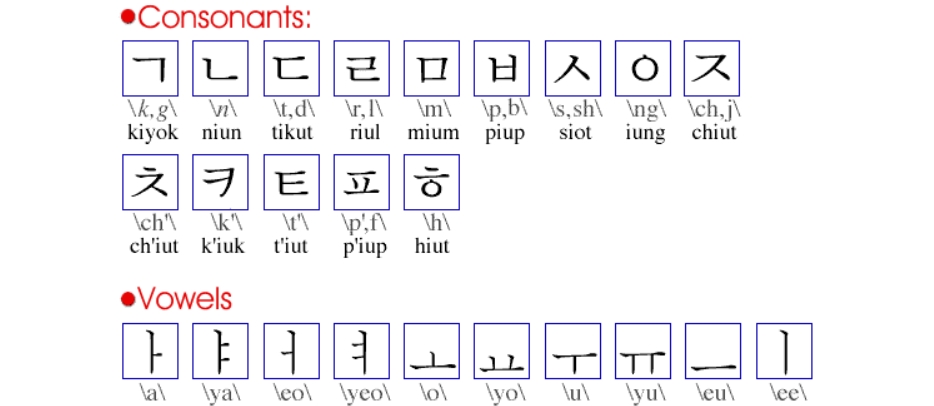
When is Hangul Day?
한글날 (Hangulnal) or Hangul Day (sometimes spelled as “Hangeul Day”) is celebrated on October 9. The date of Hangul Day in Korea has varied a lot since the day’s inception in 1926, but its current date of October 9th has been used since 1945. The holiday marks the invention and proclamation of the Korean alphabet in 1446.
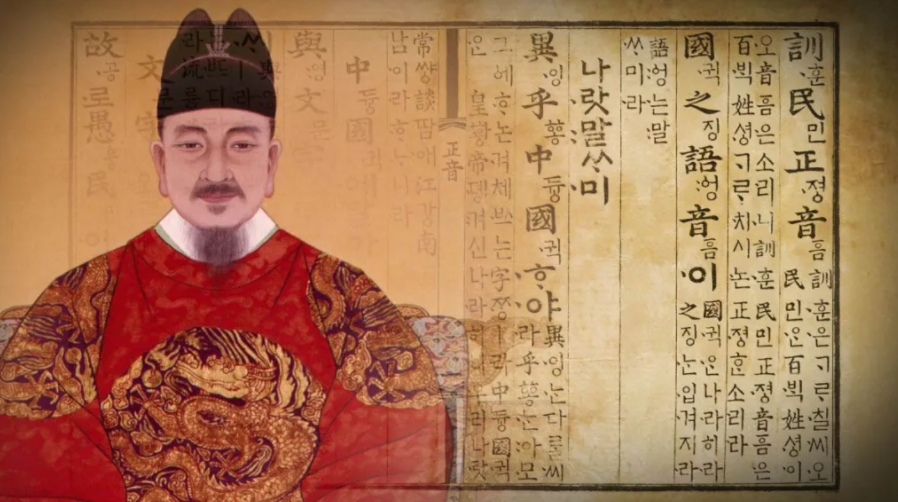
Importance of Hangeul Day
Before King Sejong the Great (4th king of Joseon; r. 1418–1450) created and published Hunminjeongum, Koreans had a spoken language but did not have the letters to write it down. Thus, they had to borrow and use Chinese characters to write down their spoken language. Not only was it inconvenient, but it was impossible to keep a record of thoughts precisely and in detail, which greatly hampered daily life as well as cultural development.
In order to remove such a barrier, King Sejong published Hunminjeongeum and had commoners use Hangeul. Hangeul faced a great crisis due to the policy to obliterate the Korean alphabet at the end of the Japanese colonial period, but ever since national liberation, everyone has been enjoying the freedom to learn Hangeul and the Korean language. The Korean government designated Hangeul Day as a national holiday to celebrate the creation and the excellence of the Korean alphabet.
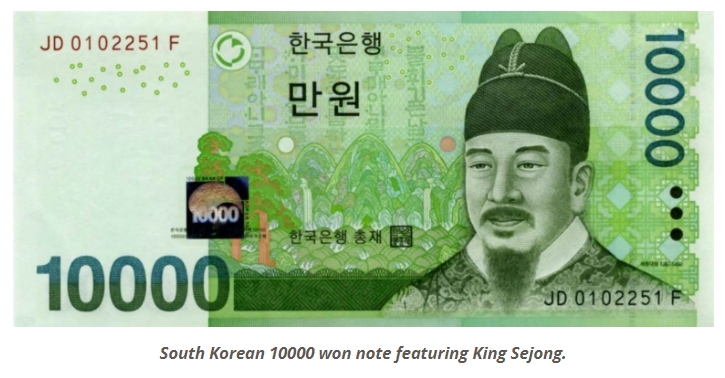
Some reasons why Korean alpabet is important
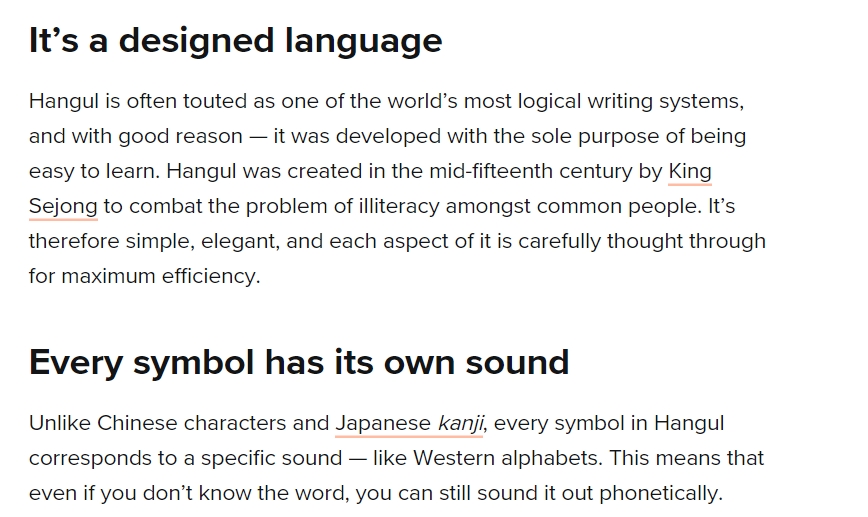

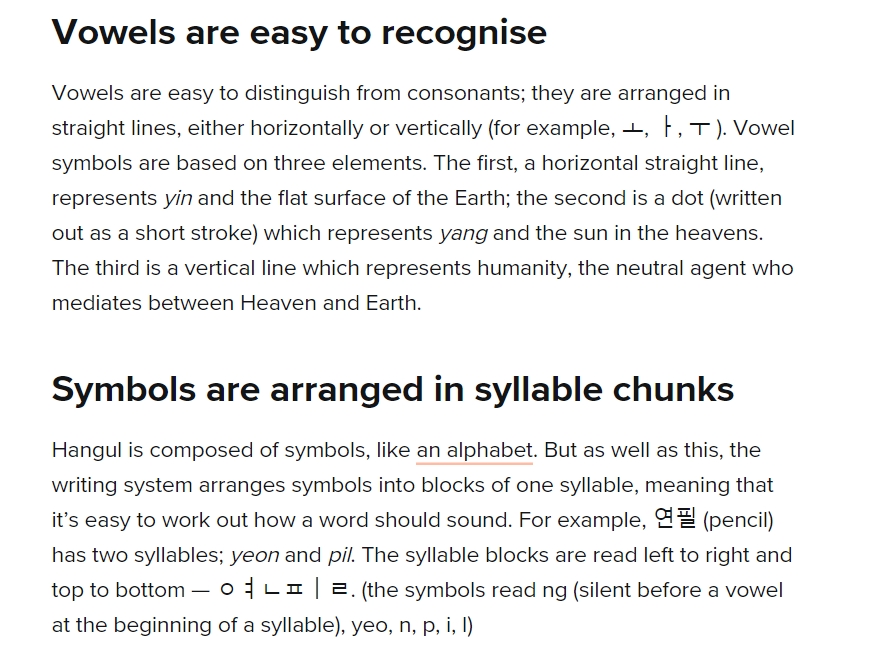
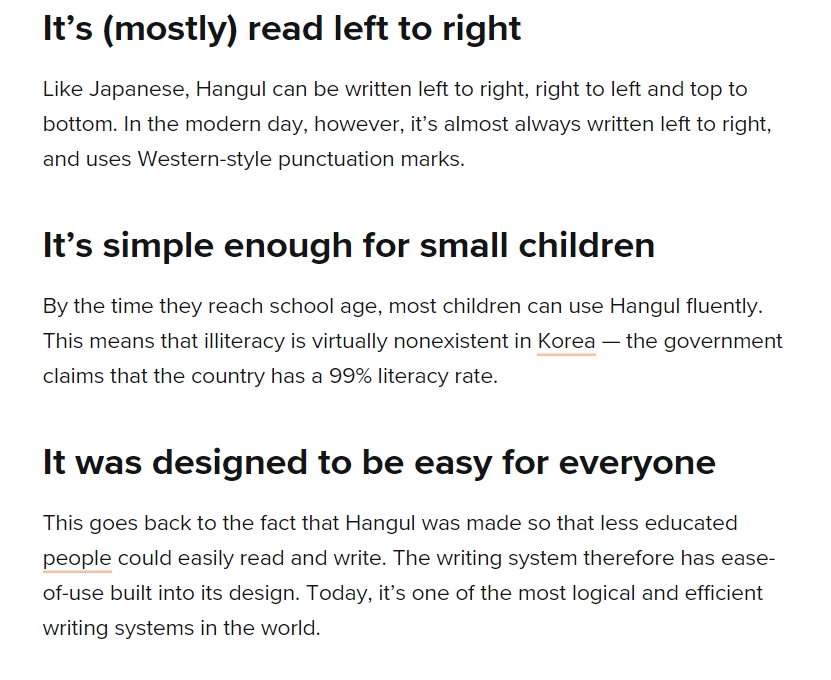
Who is Sejong the Great?
King Sejong, a scholar, placed great emphasis on scholarship and education. He promoted cultural, economic, and scientific research. He instituted hangul, the Korean script. Korea today enjoys many other lasting benefits of its rule.
King Sejong, whose epithet is “the Great,” is considered to have been one of the most outstanding Korean kings of the Choson Kingdom (1392-1910). Born in 1397, Sejong succeeded to the throne at the age of 22 when his father, King T’aejong, abdicated in his favor. Chosen in place of his oldest brother, the rightful heir to the throne, whose lifestyle and conduct was deemed unfit for a king, Sejong became the fourth monarch of the Choson Kingdom. His reign, which lasted until 1450, was a period of great cultural and intellectual accomplishment in Korea that is often called the Golden Age.
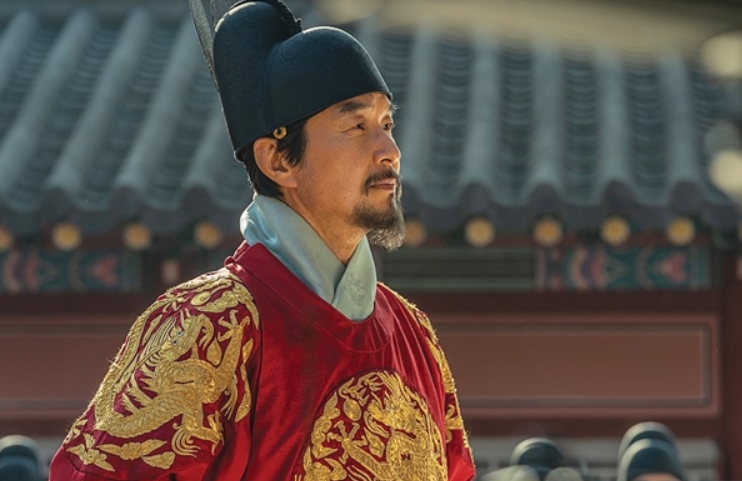
King Sejong governed according to the principles of Confucianism upon which the kingdom had been founded. These principles included the idea that justice and righteousness should characterize the relations between sovereign and subject. King Sejong believed that the basis of good government was a ruler with broad-ranging knowledge, virtue, and the ability to recognize and utilize men of talent for government service.
As an administrator, King Sejong introduced many progressive ideas and implemented reforms to improve the life of the common people. In times of drought and flood, he established relief programs and opened centers to provide food and shelter. For farmers experiencing unsuccessful harvests, he reinstated a loan system that had been used during the Koryo Kingdom (918-1392) in which the government’s stored surplus grains were loaned out to them to be paid back in kind with nominal interest.
King Sejong, a noted Confucian scholar himself, placed great emphasis on scholarship and education. He promoted research in the cultural, economic, and political heritage of Korea, and he sponsored many new developments in the areas of science, philosophy, music, and linguistics. To encourage young scholars to devote their time to study, he established grants and other forms of government support.

The most outstanding of his achievements by far was the creation of the Korean alphabet or hangul. Previously, scholars had learned classical Chinese and had relied on the Chinese script for literary purposes, but Koreans did not have an appropriate script for their spoken language. Until the invention of hangul, they had used clumsy and cumbersome systems that made use of some Chinese characters for their pronunciation and others for their meaning to represent the vernacular language But Chinese, a language very different from Korean in its vocal patterns and sentence formation, could not represent Korean sounds and structure adequately. Besides, the complexity of Chinese characters made the writing system too difficult for those other than the privileged few to learn and master.
King Sejong wanted to provide Koreans with a written means of expression other than the complicated Chinese system. With this objective in mind, he commissioned a group of scholars to devise a phonetic writing system that would correctly represent the sounds of spoken Korean and that could be easily learned by all people. The system was completed in 1443.
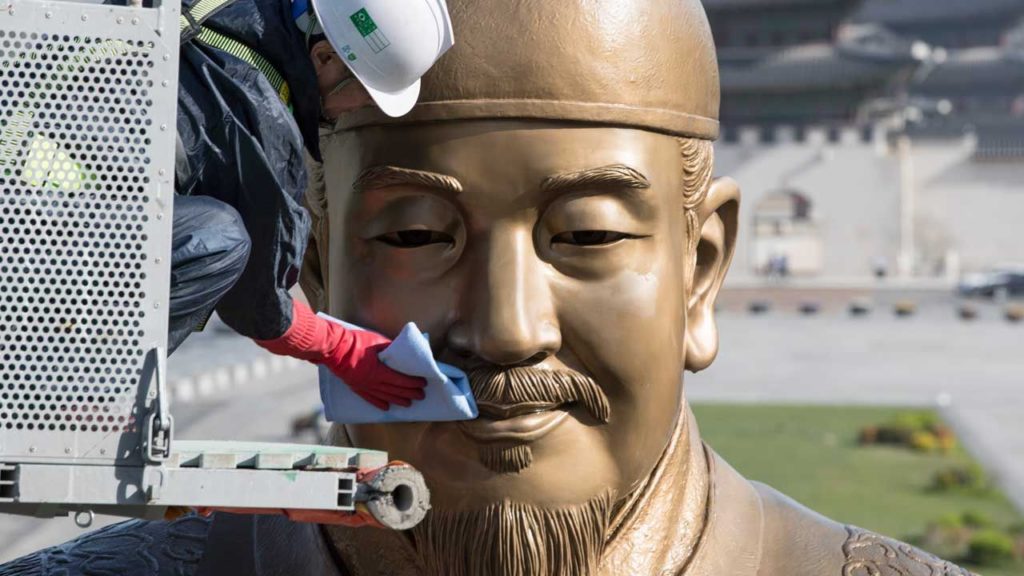
Initially, the use of hangul was opposed by many scholars and government officials. They argued that its use would hinder education and government administration, both of which were dependent on the Chinese writing system. Despite this, however, King Sejong ordered popular poems, religious verses, and well-known proverbs to be translated into hangul to encourage its use. Hangul was thus a political, in addition to a linguistic, achievement.
King Sejong commissioned a significant number of literary works. He saw books as a means of spreading education among his people. One of the first works he commissioned was a history of the Koryo Kingdom. Others included a handbook on improved farming methods to increase production, a revised and enlarged collection of model filial deeds, and an illustrated book of the duties and responsibilities that accompany human relations.
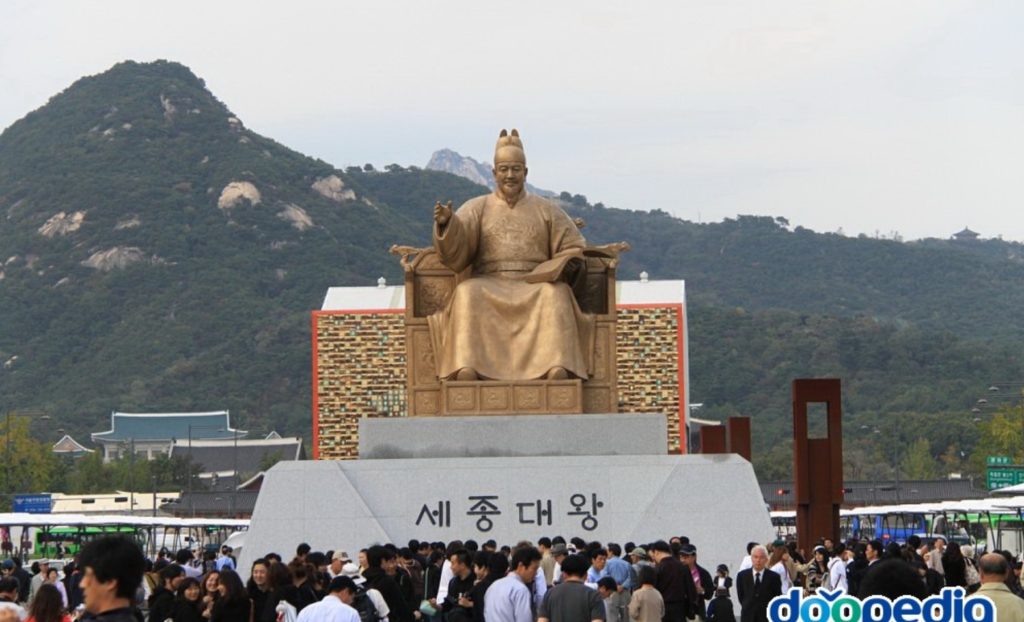
King Sejong contributed to Korean civilization in a number of other ways, as well. He made improvements in the movable metal type that had been invented in Korea around 1234. He initiated the development of musical notation for Korean and Chinese music, helped improve designs for various musical instruments, and encouraged the composition of orchestral music. King Sejong also sponsored numerous scientific inventions, including the rain gauge, sundial, water clock, celestial globes, astronomical maps, and the orrery, a mechanical representation of the solar system.
“
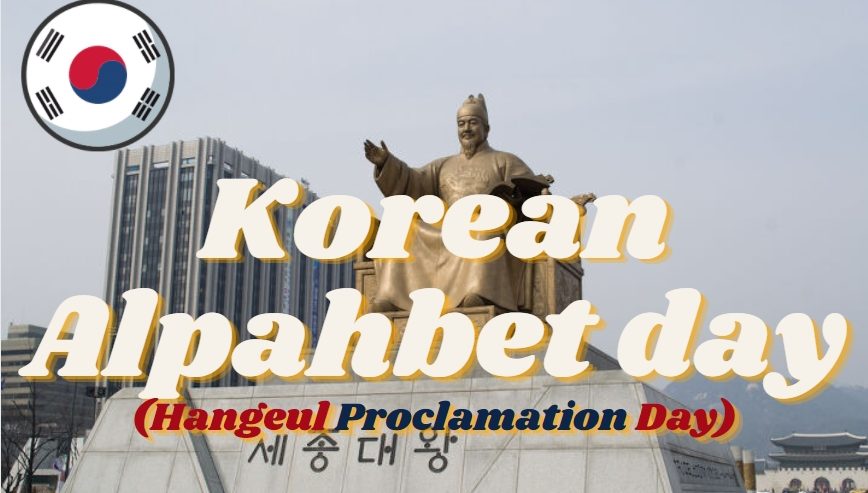
Comments
Leave a Comment